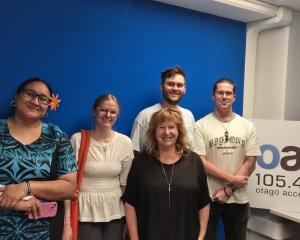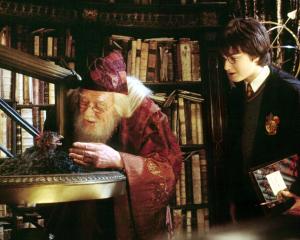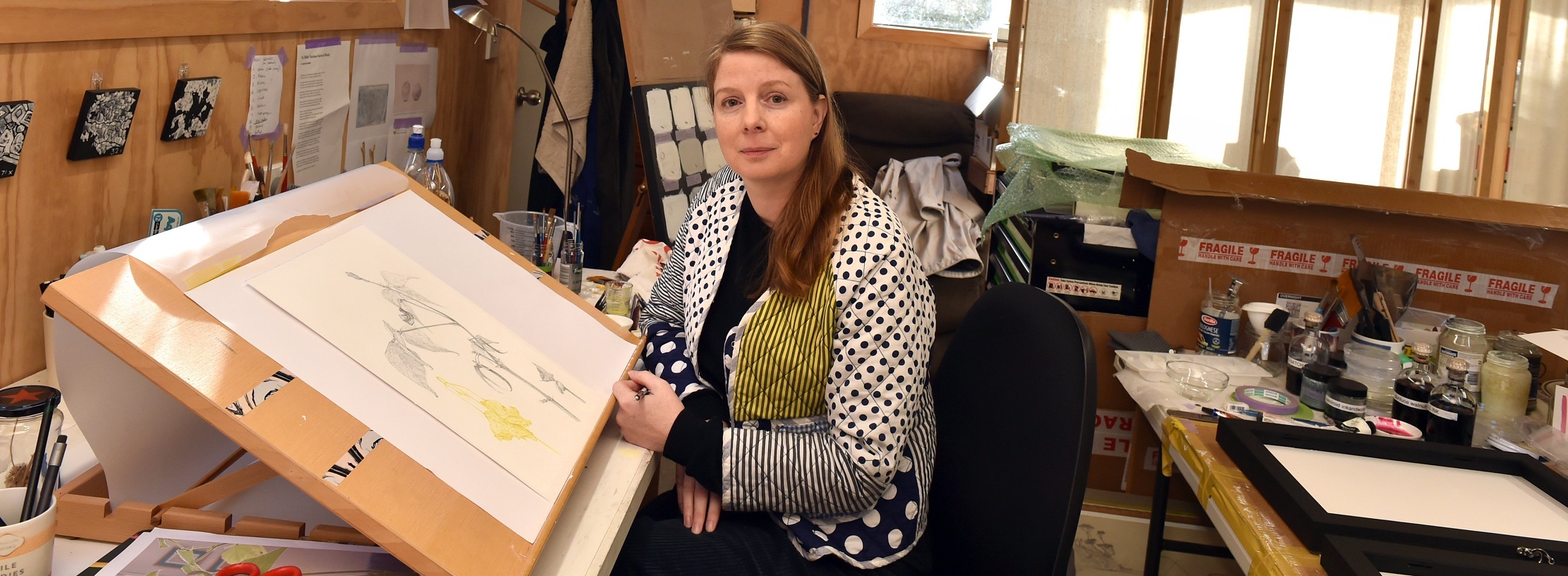
There are green beans growing everywhere in Katharine Allard’s garden and even in her house.
Not because she loves beans or loves gardening. Quite the opposite. It is all in the name of art and science.
Allard is experimenting with how beans grow when stressed due to being exposed to salt water and when they are not stressed. As she watches them grow she draws them and experiments with pigments derived from their leaves.
It is in response to botanist David Burritt’s work investigating oxidative stress in plants and other organisms exposed to pollutants and a range of other environmental stressors as part of this year’s Art + Science exhibition: Memory + Mind.
"I’m learning about how plants have memory, which is quite mind-blowing in itself."
The exhibition, curated by Pam McKinlay and Allard, features 16 projects where artists using various mediums respond to a range of scientific research.
"It’s quite a hard thing to get the science into your head and then take it somewhere interesting and have it work with your art practice as well. You need a lot of time for that."
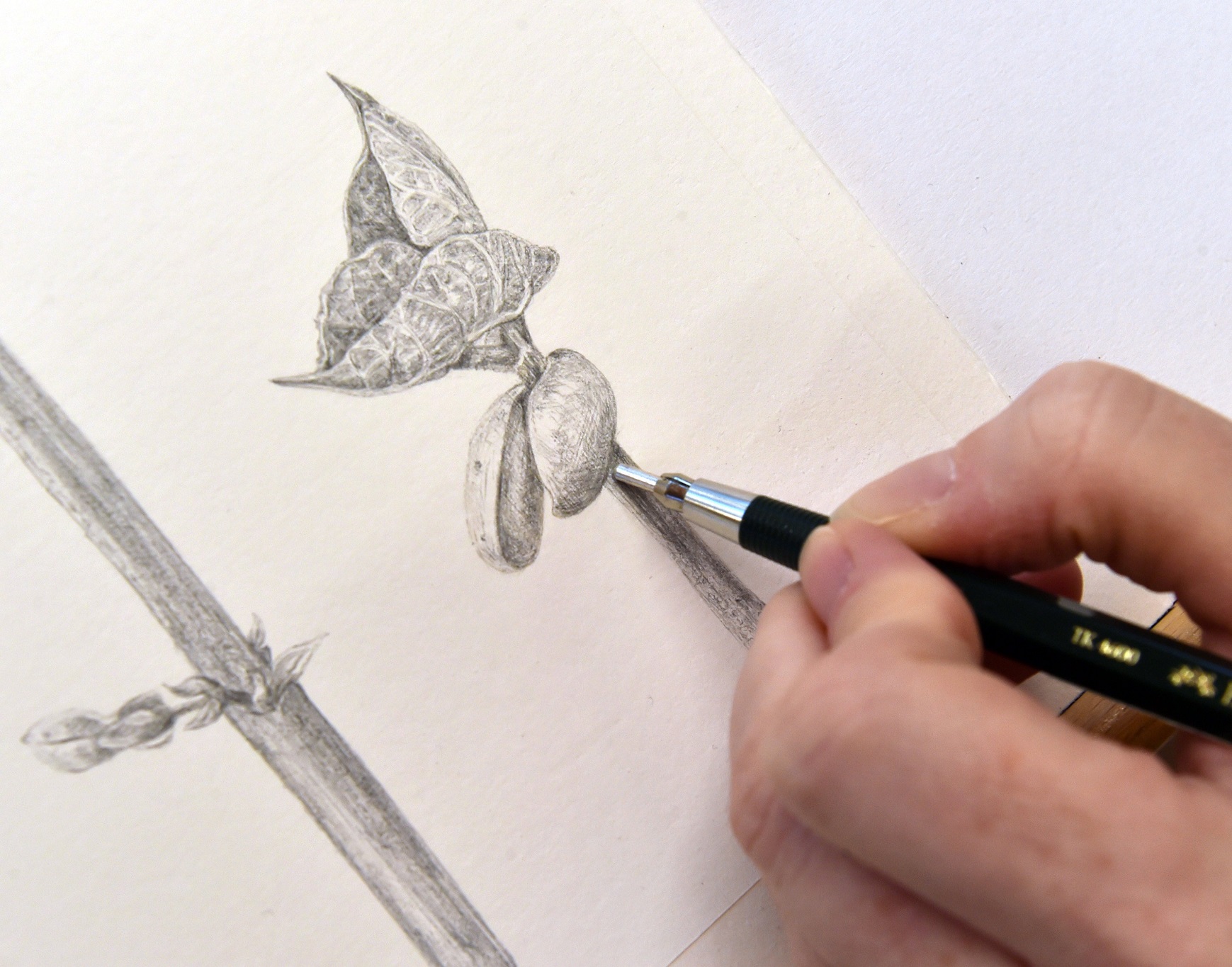
Allard moved back to Dunedin about six years ago, returning to where she was a student at Dunedin School of Arts 20 years ago. She has worked in photography, public art and curating but five years ago decided to concentrate more on her own practice. Then she discovered the Art + Science exhibition — Earth, when a call went out to all art school alumni.
"I’d had past experience curating art and science projects, so it sounded right up my alley."
She was paired with geologist Sophie Briggs, who was studying zircon, an ancient mineral considered to reveal the Earth’s processes over billions of years.
Allard found it difficult to reconcile its importance at that level with its prolific commercial use such as in industrial ceramics and why it was not used as a pigment.
"To get my head around to understanding this material I compared it to artists’ materials I know — pigments like titanium white — and compared the hardness and refractive index and its other properties. The reason is that it is quite hard."
So she decided to experiment with it, making a sand-coloured drawing ground using zircon flour more commonly used in ceramics.
"That led me to silver point as a medium as it was nice and hard it was perfect drawing ground for silverpoint."
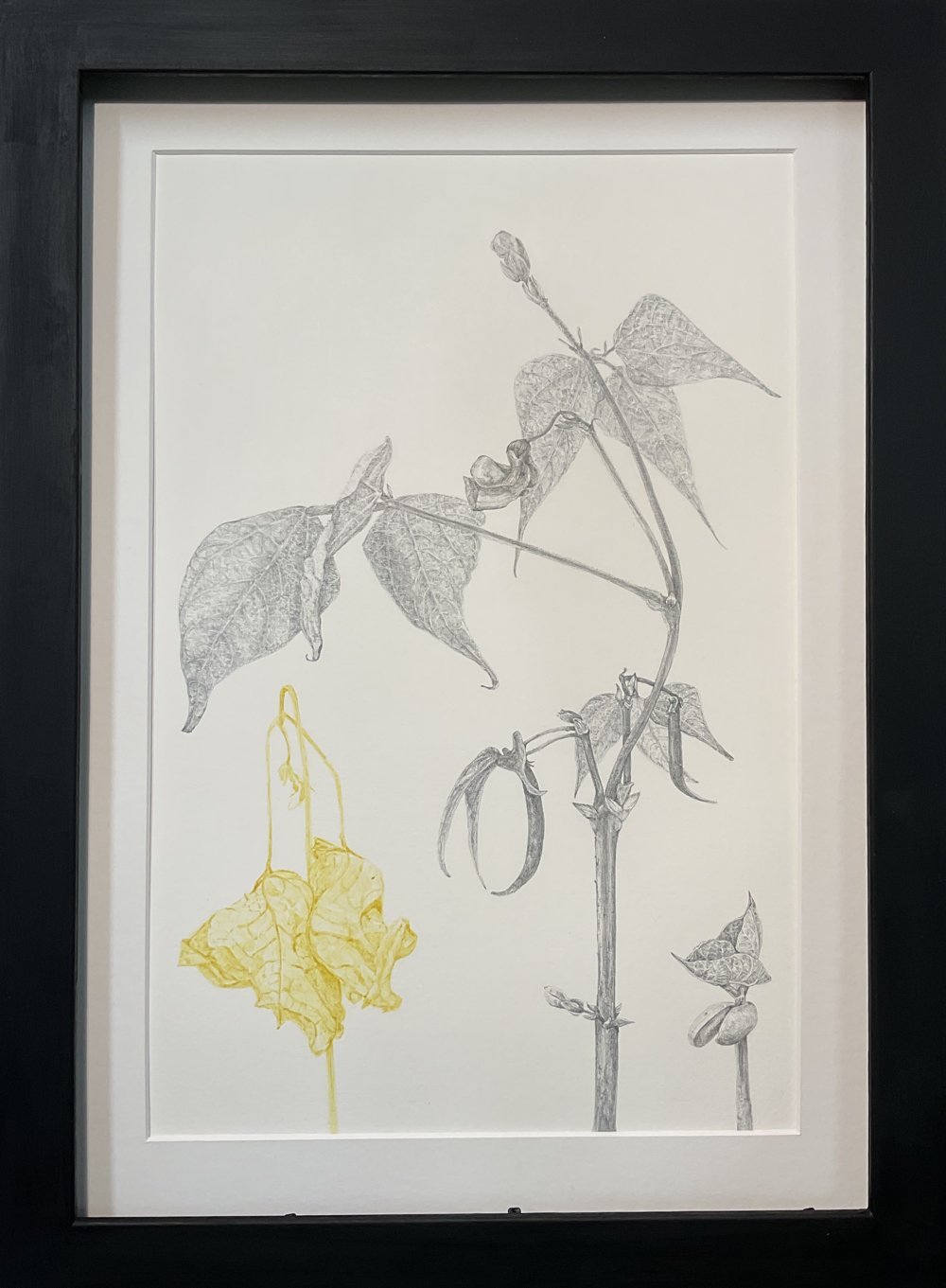
"Some of the scientists who had collected those samples came along to see the work. They had one purpose for it and were quite intrigued that you could do this whole other thing."
The discovery was a significant moment in Allard’s 20-year practice and she has not looked back. For the last few years she has been working at refining her silverpoint practice and working with different pigments, slowly winding back her other commitments so she can spend more time in her garage studio.
"I’ve always loved drawing and it’s been really lovely to return to it. It suits my temperament, somehow."
In silverpoint, an artist draws using a thin piece of silver, gold, copper or tin wire held in a stylus on to a prepared surface. The metal used on plain paper will not leave a mark. It is a practice that was used before graphite and, later, pencils were popularised.
"It’s really interesting how you can do this meticulous, really time consuming work but then also get to play with materials on the ground and how they react differently on top."
Silverpoint is suited to delicate, detailed drawings due to the fineness of the metal.
"It works like a pencil does but instead of being smooth and platey, it’s like working with a really hard pencil. When I’m working with pencil I might chew through a couple of pencils on a drawing but I’ve been using the same 2-inch (5cm) piece of metal in my stylus for four years and I haven’t really noticed more than a couple of millimetres come off it."
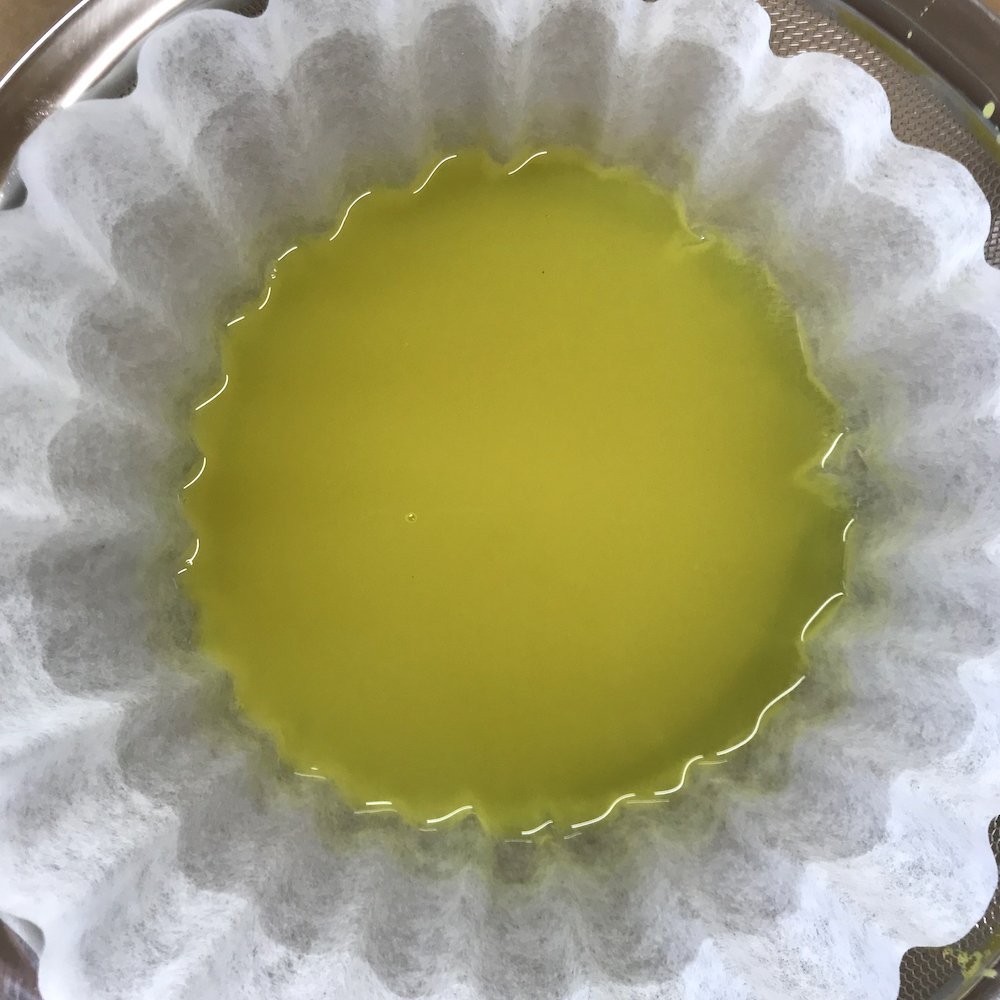
"You have to build up really, really slowly."
It also requires discipline as it does not allow for mistakes as they cannot be "rubbed out" effectively most of the time. She takes high resolution photographs as reference as "plants wilt".
"There is lots of preparation. It has made me a better artist, as you have to pay attention all the time. You have to nut out the composition before you start, the light sources and the detail."
Using silver also means the work will tarnish over time and can look luminous in certain lights.
"I like the idea of a painting changing a little bit as it develops over time."
She can do between two hours and eight a day drawing, depending on what research is needed, and has also found the process leaves its physical presence: she gets calluses on her hands from the work.
"I love that."
After Allard’s success in her first Art + Science exhibition, she took part in the next one responding to scientists’ work on wind dynamics at the St Kilda sand dunes.
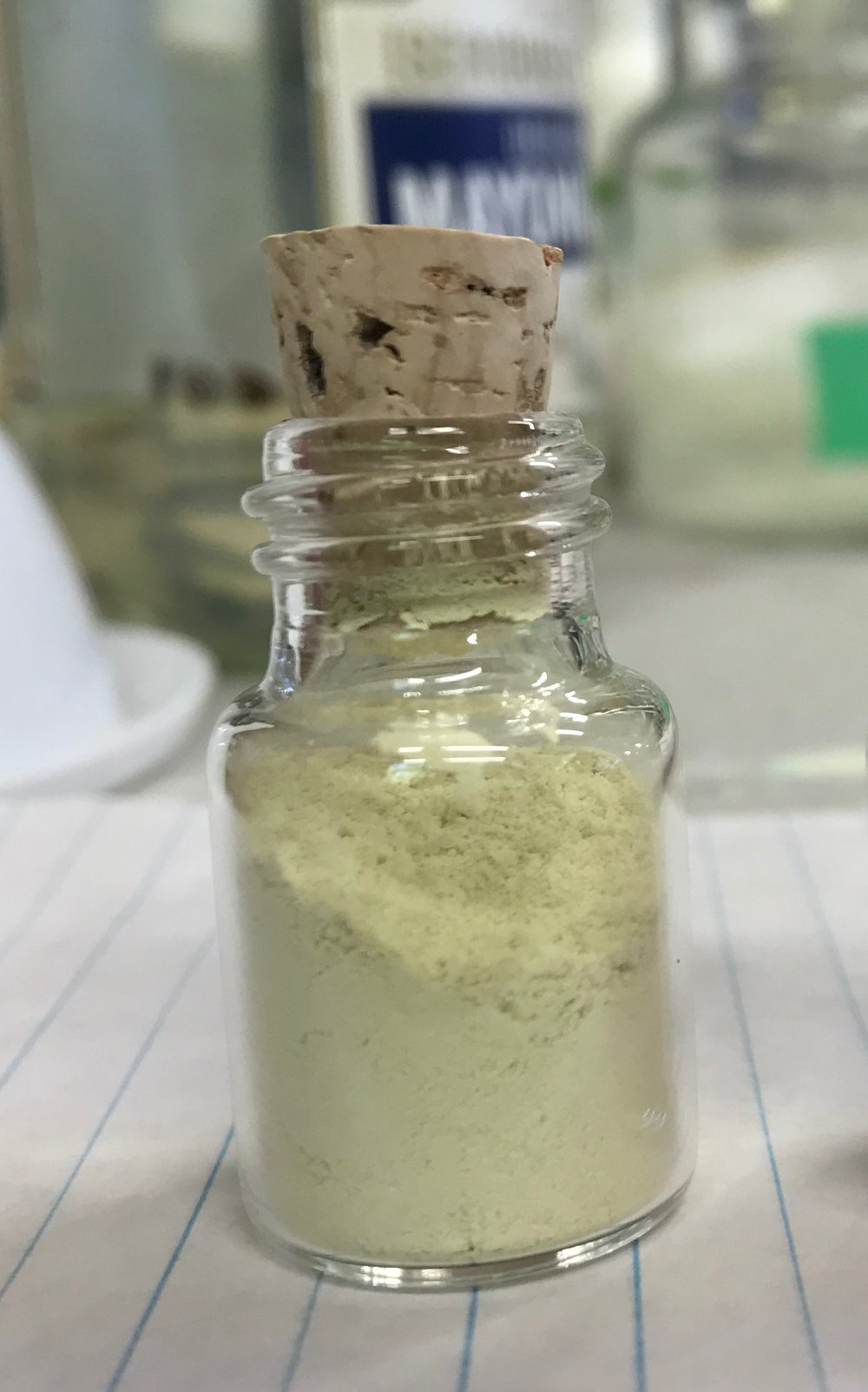
"With my work I like to do the silverpoint and observational drawings but I’m also quite keen to experiment with the materials I use. I don’t know that the ash was like a huge success because I’m limited by what I can do in my home studio. I’d love to have a scanning electron microscope to discover if there were bits of silica in there."
This year’s science experiment has been more successful, although not without its challenges.
"I was interested in how plants form memory as a result of stress due to climate change, including changes in salinity."
As well as drawing the beans she grew in different conditions, Allard fermented the leaves of the plants in salt and water for a couple of weeks in the fridge.
Draining off the plant leaves she was left with a green chlorophyll dye. To make it more stable by transforming it into a pigment she used alum to bind the dye to soda ash, in a laking process. It created a bright yellow pigment which formed the basis of a home-made watercolour paint which is not very stable. Chlorophyll, as a colourant, is known to fade with exposure to UV light.
Allard is using the pigment as watercolour paint to draw the stressed plants alongside healthy plants drawn in different stages of growth in silverpoint.
"This salt-stressed state will fade and eventually disappear, leaving just the non-stressed plant drawings. It’s like the plant losing its memory and resetting, as it is not good for the plants to hold on to their stress memories at the expense of growth. "
As she is doing both watercolour and silverpoint in this work, it has required some work on a ground that would suit both.
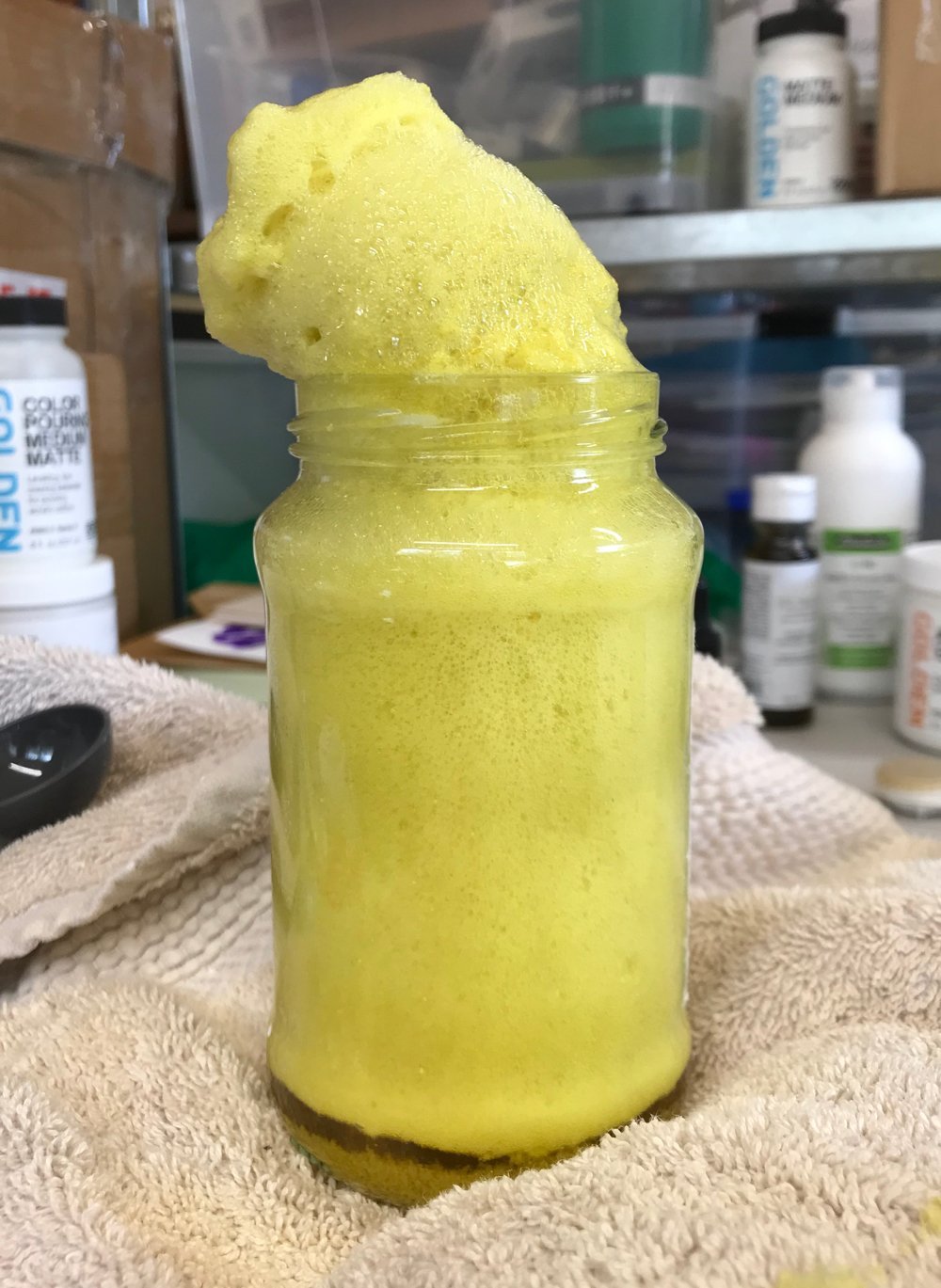
Working by herself, she enjoys the opportunity to work with scientists who she finds are always very generous with their time and curious as to what an artist sees in their work.
"You have to establish a community."
These projects have cemented plants as the main focus of Allard’s practice, as she is fascinated by how plants are beautiful but have place in so many aspects of life from agriculture to medicine and are life-giving.
"I’m not a garden or plant person, necessarily. I’m fascinated by how they grow from these little seeds or bulbs and all these crazy forms grow adapting to their culture or environment. They’re like little sculptures, I’m just discovering."
She has joined the Botanical Art Society of New Zealand and an Otago group of amateur and professional artists from different mediums, the Botanicalists.
"I like to draw the plants as they are, not an idealised version of it."
Ultimately, she is working towards creating a collection of her work so she can hold a solo exhibition.
"It feels like it is coming together but it takes a lot of time. I just love that it’s a bit different.’
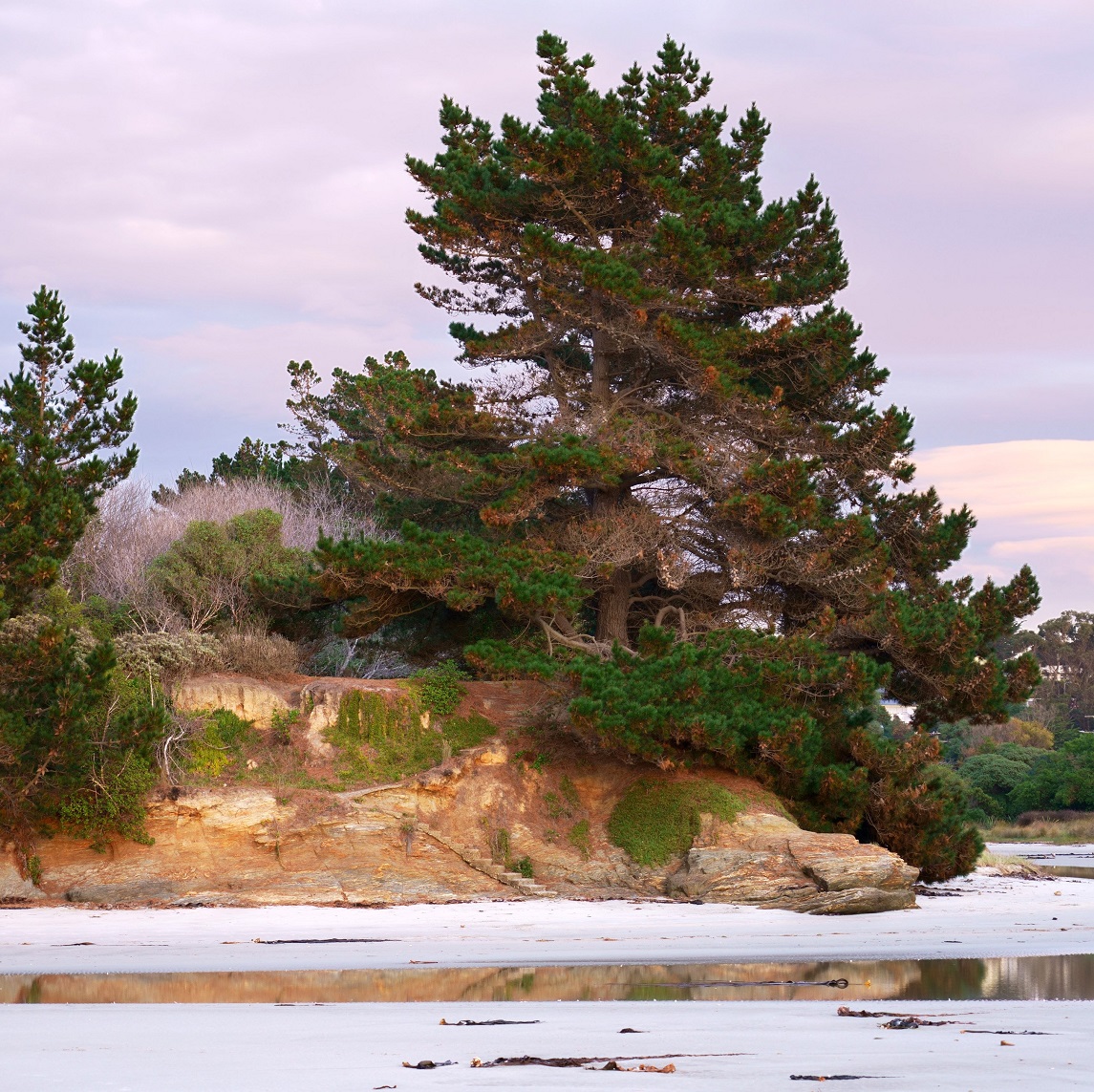 Art + Science: ‘Memory + Mind’ highlights
Art + Science: ‘Memory + Mind’ highlights

1. He rerenga hei mahara: Strandings and Connections
Planetology lab manager Sophie White and artist Vincent Chevillion visit 158 sites where stranded marine mammals have been found and at each site Chevillion took a photograph as part of his search to find out more about whale bones he found in a Strasbourg museum.
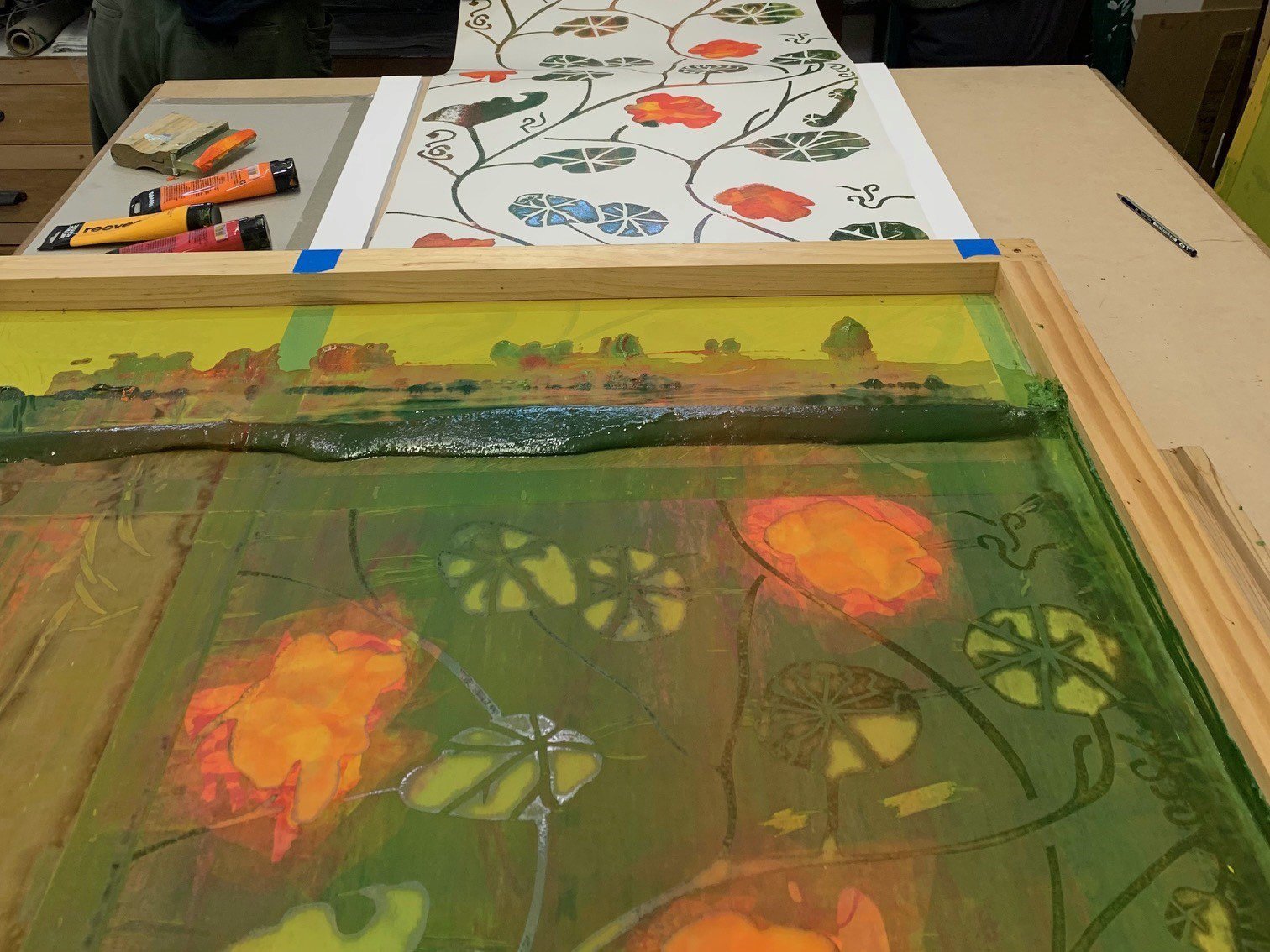 2. Points of light: "How do I remember what I remember?"
2. Points of light: "How do I remember what I remember?"

Psychology Prof Rachel Zajac, printmaker Manu Berry and writer and editor Michelle Elvy explore concepts of how memories contain a combination of accurate and altered details as portrayed through the creation of wallpaper, drawing on images and language from poet Cilla McQueen.
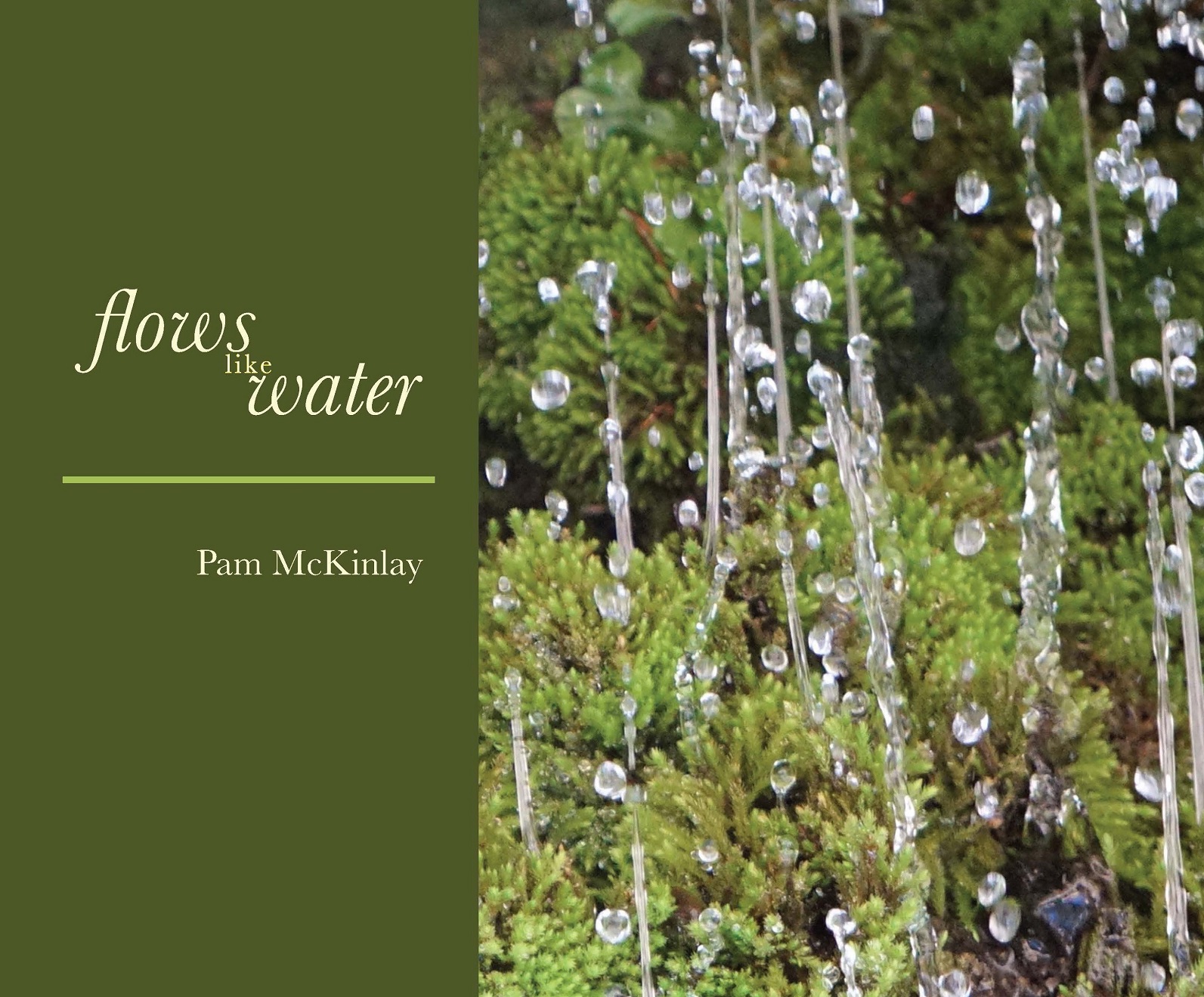 3. Launch of ‘Flows Like Water’ by Pam McKinlay
3. Launch of ‘Flows Like Water’ by Pam McKinlay

An illustrated anthology of of art and science projects that McKinlay has made, curated or been involved in, or all three.
TO SEE:
Art + Science exhibition: Memory + Mind, Dunedin Community Gallery, July 8-20.


